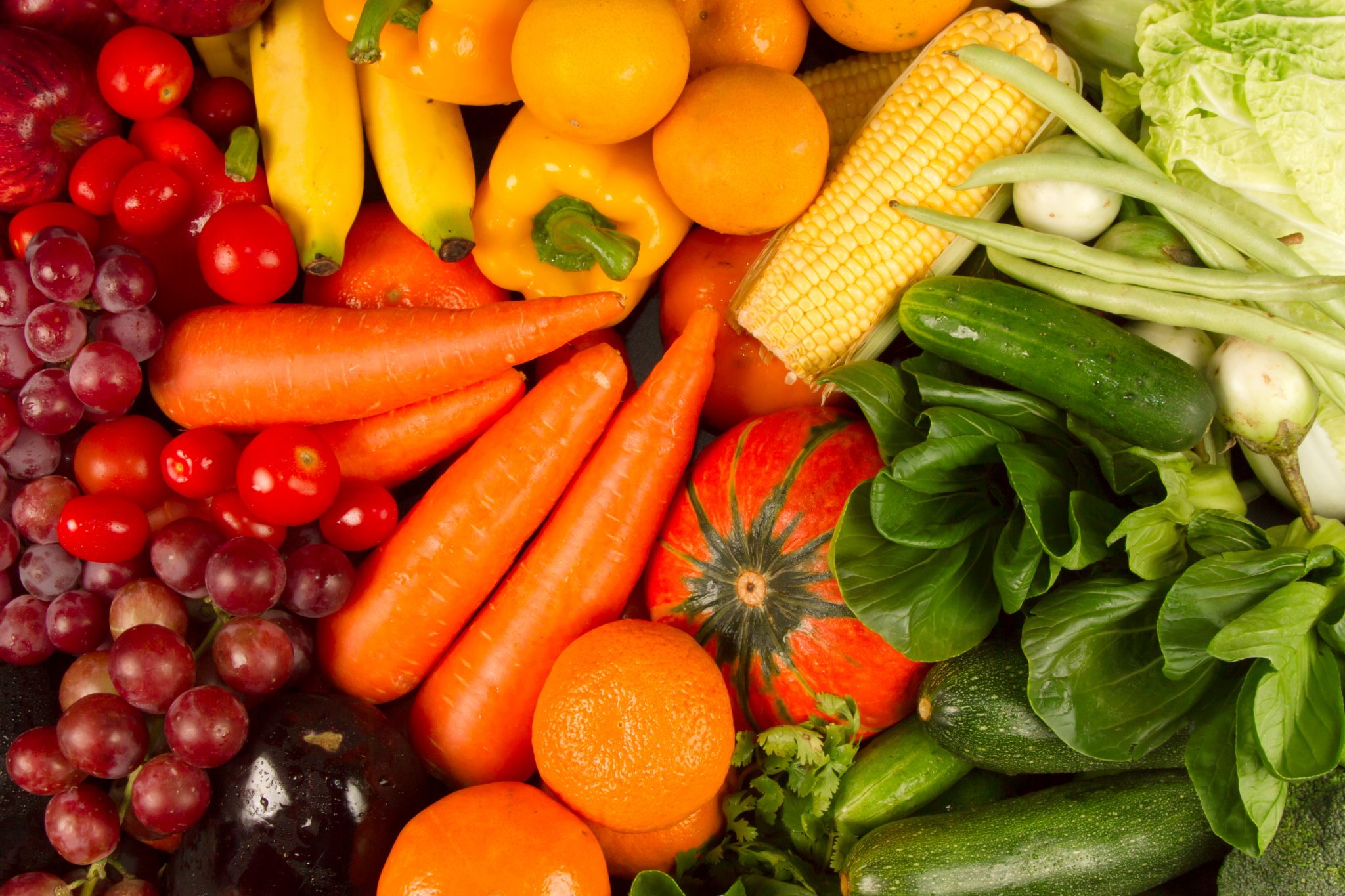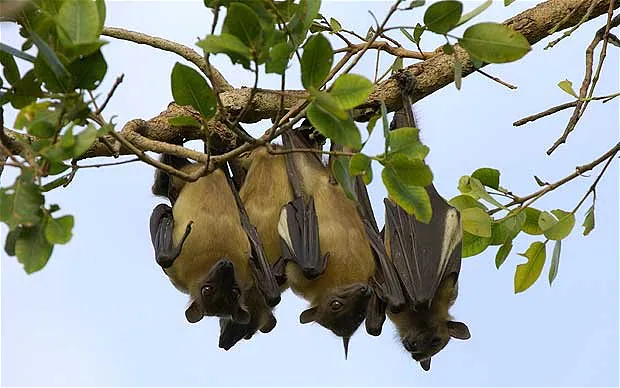BY NIKUZE NKUSI Diane
Many of us have heard the term “GMOs,” but how many of us know what they are as well as their benefits to the food supply and the environment?
GMO (genetically modified organism) technology uses specific scientific innovation to genetically alter plants and promote desired characteristics. For example, these characteristics can help fruits and vegetables grow better under environmental stresses like drought, ward off crop diseases and pests and even forgo browning in fruits once they are sliced.
This technology also decreases food waste, gives multiple populations reliable and nutritious food options and helps farmers use less pesticides and grow crops even more efficiently. In fact, this technology has been used for over 20 years and has been scientifically been proven to be a safe and effective way to support agriculture.
While these scientific advances are in their 20s, the idea of cultivating crops with more desirable characteristics is thousands of years old. Farmers have been breeding plants together for millennia in order to get them to prime edible states. You should have seen kale, watermelons, carrots or bananas 10,000 years ago! They weren’t the big, beautiful, fleshy, juicy fruits and vegetables we have today.
Helping to Feed Populations and Provide Nutrition
In the United States there are 11 commercially available genetically modified crops in the United States: soybeans, corn (field and sweet), canola, cotton, alfalfa, sugar beets, summer squash, papaya, apples and potatoes.
A 2016 Purdue University Study found that without GMO crops, corn yields would decline by 11 percent, soybeans would decline by 5 percent and cotton would decline by 19 percent. Thus, these reductions would mean we would either have less available corn, soybean and cotton, or we’d need more land to grow them—102,000 hectares in the United States and 1.1 million hectares globally, to be exact.
Ever heard of “golden rice?” This is a GMO rice crop that has been developed to have and enhanced amount of beta-carotene (pro-vitamin A), a necessary and often not easily available micronutrient in different parts of the world, like the Philippines. Extreme vitamin A deficiency can lead to blindness and other health complications.
Another example of GMO innovation contributing to enhanced nutrition are the GMO Cavendish bananas. In parts of Africa, Asia and Australia bananas are a major source of nutrition, but due to the Fusarium wilt disease (or Panama disease), bananas in these parts of the world were beginning to get wiped out. Genetic modification was used to make the bananas resistant to this disease, making this nutritious crop readily available again.
Opinion of Rwandan farmers on the use of GMO crops
Various farmers have spoken to umuringanews.com, announcing that it is hoped that the Rwandan government will help them approve GMO food crops as soon as possible, as this will help them satisfy the market and earn money like professional farmers.
Segasaza Emmanuel, a potato farmer from Kinigi Sector, Musanze District, said that: “You see here in Kinigi, we are the market in Rwanda waiting to be satisfied with potatoes, but we are not reaching the target as we should, because of climate change and crop pests all affect production. So we are not satisfying the market and what is found is expensive, but as we understand that GMO crops are resistant to climate change and pests, this would help us satisfy the market and we the farmers move forward. »
Mrs. Eugenie, who lives in Kayonza district, a banana farmer said that: “I have seen bananas from farmers in the country who use GMOs, where a banana can weigh 250kg, and they told me that the reason is that they are growing seeds of GMO bananas. So we urge the government of Rwanda to approve the cultivation of this type of GMO, so that we can satisfy the banana market and that we as farmers can take benefits of it.
Here are some helping hand highlights, showcasing how GMOs are improving our food system:
Helping Farmers and Saving Natural Resources
GMO crops have significantly increased crop yields and simultaneously decreased pesticide use. By doing these two things combined, we are producing more food with less inputs. Decreased use of pesticides, means less pesticide production demand and also less energy use on the farmers’ end, too.
Genetic characteristics in fruits and vegetables, such as insect- and disease-resistance, can also help farmers use less pesticides. But, in instances where pesticides won’t eliminate the presence of a pest, a genetic modification can make a crop resistant to the disease caused by pests. Drought-resistance is another trait that can be achieved through genetic modification to help farmers stabilize their crop production. In times of long periods of no rain, this characteristic can save thousands of acres of food. Talk about avoiding food waste!





